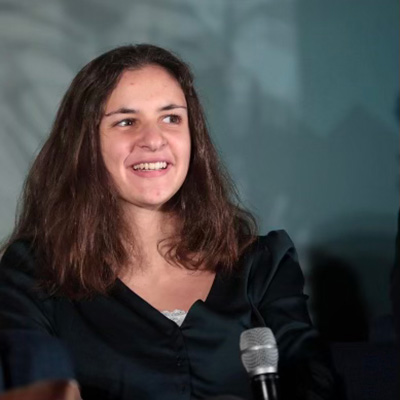Plastic threatens the health of both people and our planet. Microplastics have been found in human blood and by 2050, there will be more plastic (by weight) in the ocean than fish. Regardless of these problems, plastic production is set to almost triple by 2060 over 2019 levels and organizations are stepping up to address the crisis.
To better understand and address the plastic problem, organizations that clean up litter do what’s called a “waste audit.” They track the waste they pick up in parks, along rivers, and on beaches by documenting what they pick up, whether it’s bottles, cans, toys, cigarettes, utensils, microplastics or other plastics. Then, they write down the company the items came from, if they can identify that information. This information helps them figure out where most of the waste is coming from, and therefore where to focus waste-fighting resources.
When you do a waste audit, it can give you insight into how to reduce your individual impact on our waste stream. An audit can help you figure out where the waste you produce is coming from. If you want to reduce the plastic problem or your waste more generally, here’s how to get started:
To do a waste audit of your trash, take the same steps and ask similar questions environmental organizations do, but at a smaller scale.
- Set aside time, between one week or two weeks, for your waste audit. During that period, whenever you throw something out, write it down on your phone or on a piece of paper next to the trash can. Also write down where the waste comes from to categorize it.
- Once the time frame is up, you can look at everything you have thrown out and analyze your waste. Here are some of the questions to ask yourself:
- What things do I throw away daily?
- What things did I buy, knowing I would eventually throw them away?
- Am I buying durable things?
- Are there reusable alternatives to the things I throw away?
- In what areas of my household can I reduce waste?
- Could I buy these alternatives containing less plastic than these things?
- Could I use things I have at home instead of buying new products?
- Next, figure out the best ways to reduce your waste.
- If most of your plastic waste comes from food wrapping, buy products with less plastic packaging or buy food in bulk.
- If you throw away a lot of food, try meal prepping and buying less when you go to the grocery store.
- If a lot of your trash comes from shipping packaging, scale back your online shopping.
Going “zero waste” is not about eliminating plastic use overnight. It’s about taking small steps to reduce your waste. This might include committing to cutting more vegetables at home rather than buying them precut in a plastic bag, replacing your shampoo and conditioner with bars, and buying things locally rather than online. A good resource to help you live a low-waste lifestyle is Litterless, which has a database of zero-waste stores in every state and DC.
It can be difficult to fully commit to a zero-waste lifestyle when most foods and other products come wrapped in plastic and it’s more convenient to buy them. That’s why it’s important to not only take action in your own life, but also participate in collective action. For example, you can support PIRG’s campaigns calling on Amazon and Whole Foods to reduce their plastic packaging and create a world where it is easier to live a zero-waste lifestyle.
If you want to go even further, you can help out with local cleanups and waste audits. But what if you don’t live near a beach or there are no environmental organizations in your area? You can become involved in citizen science and do auditing yourself. When you go to a park or a local stream, use these instructions from Break Free From Plastic to record the trash you picked up and share accurate information with environmental organizations. This information is very helpful as these organizations strategically plan their campaigns. Using the audits, they can compare the total pieces of each type of plastic to see which is found the most often so they can direct their energy toward the most pervasive plastics. For example, the Virginia Aquarium and Marine Science Center collected 15,000 pieces of debris and found more bottle caps and balloons than any other plastic. They used this information to run campaigns to reduce the number of balloon releases and eventually, the state outlawed balloon releases.
If you still want to do more about the plastic problem, look at the brands from the trash you pick up and write letters to those companies asking for them to keep better track of their waste and put more funding into reuse or recycling systems. On this issue also, you can share your data with groups working for positive change. Every five years, Break Free From Plastic does an audit report that calls out the top plastic-polluting companies. In 2020, those companies were Coca-Cola and Pepsi. Since then, environmental organizations have continuously run campaigns asking them to reduce plastic.
It is important for change to happen in corporations, national, state, and local laws, and at the local level if we want to reduce the effect of pollution, but the first step is learning about the problem and where it occurs. As with any global issue, when it comes to plastic pollution, helping locally is a good way for you to make change and you can make a difference in your daily life through your own waste audit.
